The world is a book and those who do not travel read only one page.” —St. Augustine
[Continued from yesterday]
The following day, it was city tour of which I remember only two sites: one was the Palace of the old Korean King known as Gyeongbokgung Palace. (You can pronounce the name at your own peril). We were told about the spectacular show of ‘changing of guards.’ Those who had visited London would immediately think of the ‘change of guards’ at the Buckingham Palace which showcases legendary Bobby.
But no. Here it was clear to me the old order is smoothly manipulated to impress the tourists and provide them a photo-opportunity — their traditional colourful costume, martial music, sort of a parade lasting about an hour in the Palace courtyard with massive gates in typical oriental style of architecture (see picture).
The drive around the city with running commentary from the Guide put most of us to sleep till we were driven to the cellphone giant Samsung’s massive cluster of buildings with its own museum. This indeed is a Sci-Fi futuristic museum, where visitors were mesmerised with the kind of software that would involve you in taking selfies and other activities like games or testing your intelligence. A marvel of digital technology. I thought it was a ‘must visit’ for those who are computer and technology-savvy.
Seoul, the city which was on either side of the famous HanGang River was connected to each other by about 25 bridges when I was there in 1989, apart from ferry service. This time, I was told there were 35 bridges.
In our country too we have rivers that divide the city asunder. However, we find it difficult to build more than one bridge to connect two parts of the city. Why? Why, why, why?
Reason: Ours is a rich country with so much of natural resources and human resources. Sadly, it suffers from endemic deep-rooted corruption at all levels and a crisis of leadership.
I remembered a news item during the Seoul Olympics in 1988, which said that, in S. Korea, dog meat is a delicacy. While driving around this time, I saw a restaurant with a signboard ‘Bark Bark’. I told my friends it would be a good idea to ask the restaurant owner to outsource dog meat from India so that our roads could be free of stray dogs like the Korean roads. For those who do not know Korean language, it is difficult to communicate with the people there — hotels, shops, railway stations, restaurants and tourist places. Only a few have smattering knowledge of english and we managed by repeating certain words in english using body language and sometimes with sign language.
The evening before our departure to Japan, after spending three nights at Seoul, an important thing attracted my attention while shopping. It was a funny human-shaped root of a plant inside a bottle with preservative liquid displayed on a shelf. It was Korea’s famous energy and aphrodisiac herb known as Ginseng. I was told that from this herb a number of health-related products are made like our own Ayurveda medicines. When I read the literature on this, I thought it was a ‘Herbal Cure All’, a kind of panacea — remember film comedian Johnny Walker, eulogised the medicines he was carrying in the film ‘Pyasa’ in a song ‘Laakh dukhon ki ek dawa hain kyun na aazmaye…’ Let it be.
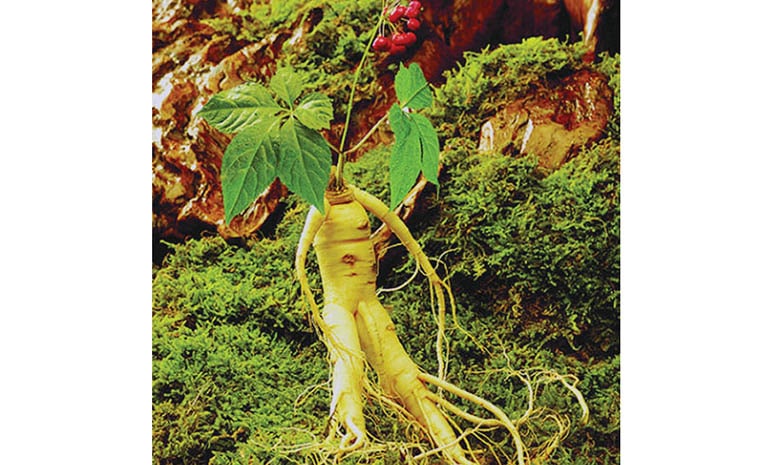
Ginseng root
The shopkeeper told me that it came in various forms like ‘Korean Ginseng Tea’, ‘Korean Ginseng Tablets’ and, of course, the root itself. It has excellent rejuvenating power and as a sort of aphrodisiac as well. It is carefully farmed and takes about six years to reach the harvesting time. I was surprised that a root vegetable would take such a long time for harvesting.
It seems that there are Red Ginseng and White Ginseng. The Government has the monopoly over its cultivation and regulates its farming by private individuals. Probably, like licensed tobacco farming in Karnataka. According to the shopkeeper, two to three capsules a day will keep one going strong until the dying day. “Irrespective of age?,” I asked him with a naughty smile. His visage turned serious. Looking me in the eyes he said, “No age bar. You can hit the century and still…” I asked him if it was a sex tonic or a health tablet. He smiled and said, “I would say it is a health tablet and if you have good health, I am sure, you can have good sex too!” No wonder, Koreans are doing good business with Ginseng!
[To be continued]
e-mail: [email protected]



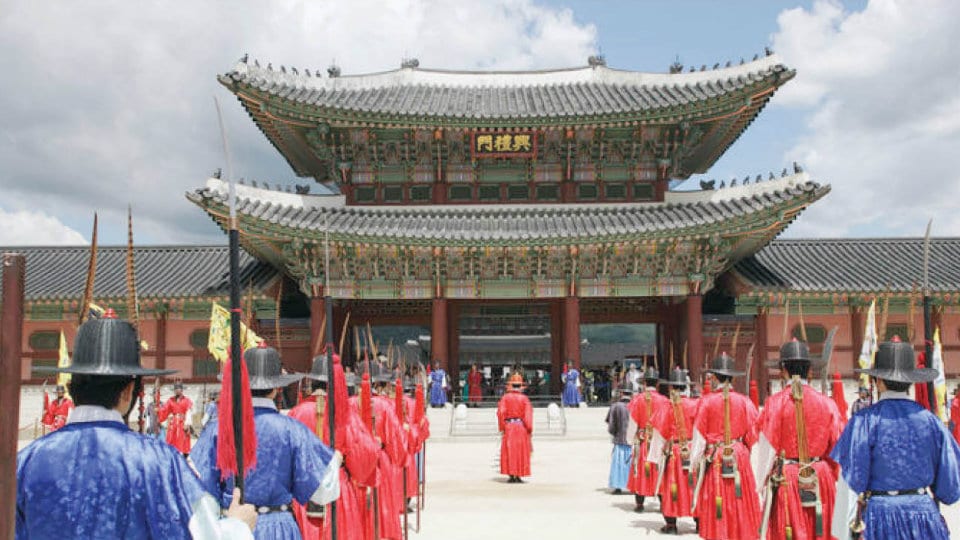
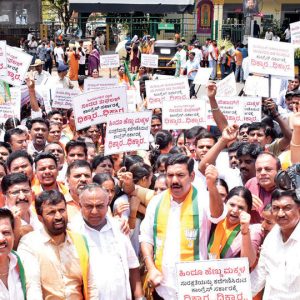
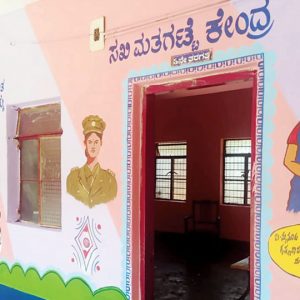
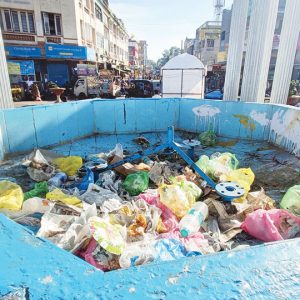

Recent Comments